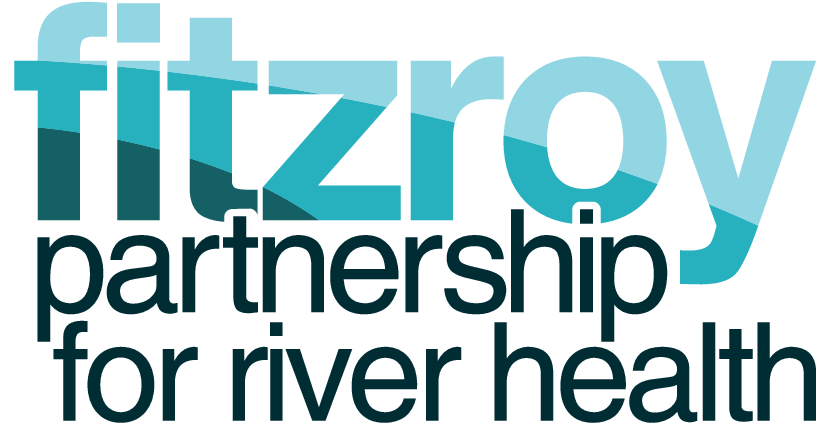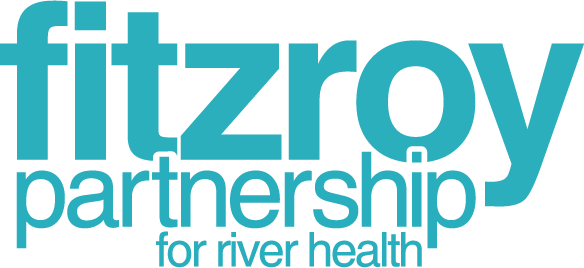Particulate Nitrogen (PN)
Particulate nutrients (nitrogen and phosphorus) are central to Great Barrier Reef nutrient cycling over a wide range of time scales, and are derived from both natural ecological events (e.g. litter fall, run-off and weathering) and from human sources (e.g. sewage outfall, fertiliser run-off, industrial and agricultural effluents). PN compounds (in the form of nitrate) do not adsorb onto sediment particles as readily as particulate phosphorus (PP) compounds (phosphate), making PN more bioavailable. PN is largely derived from grazing lands. Further knowledge of the role of PN and the processing of this into dissolved inorganic nitrogen (DIN) is important for making future management recommendations in the large grazing catchments of the Fitzroy Region.
Excess nitrogen in our waterways, and ultimately the Reef, is known to stimulate algal and macrophyte growth (including cyanobacteria, known as “blue-green algae”) and cause crown-of-thorns starfish outbreaks. Algal blooms can also displace endemic species, diminish light availability to benthic species and cause excessive fluctuations in pH and dissolved oxygen which can stress and eliminate sensitive species. There is a high correlation between PN, PP and suspended solids, and it is often difficult to identify the individual effects on ecosystem health.
Furthermore, the impacts of PN contribute to the cumulative impacts of other stressors (e.g. fresh-water flood plumes, elevated nutrients, impacts from cyclones, increasing sea surface temperatures) to increase the overall impact on organisms of the Reef.
Select the interactive map below to discover where in our catchment the PN is coming from. You can search by total exported load or how much is being delivered from the grazing and farming lands in our region.
The model does not calculate streambank erosion loads for grazing/farming lands. These numbers have been calculated by estimating the stream density in each catchment that is on grazing lands compared to the density of streams on non-grazing/farming lands and allocating the proportion of total streambank load to the landuse.
Please note, these estimates are developed from models and should be considered estimates only. They do, however, provide a good relative comparison between catchments.
[wqip-data component=’pollutant-loads’ category=’N_Particulate’ parameter=”]


